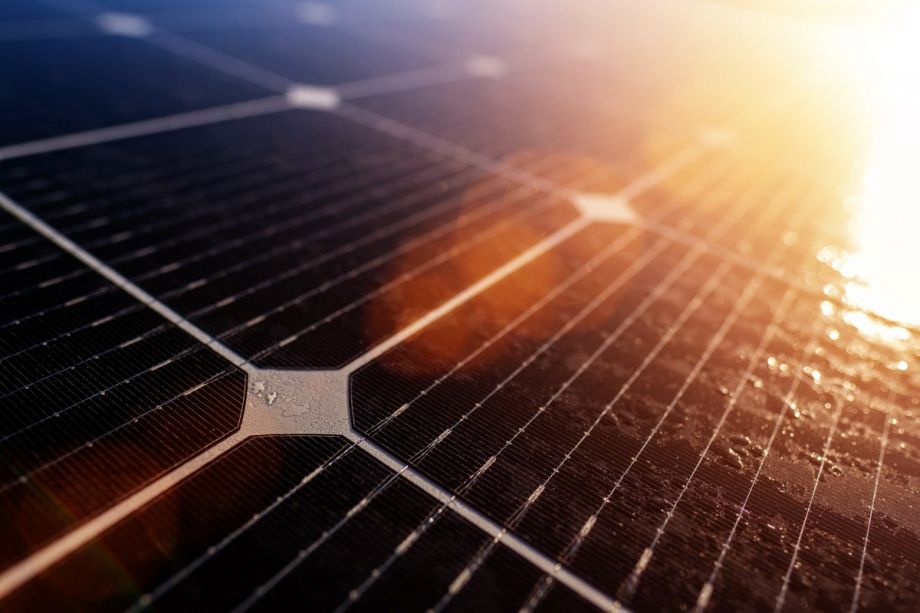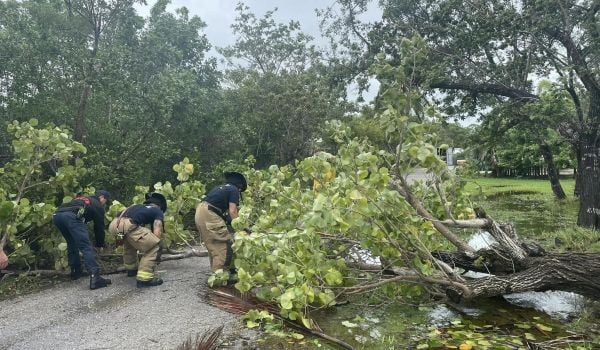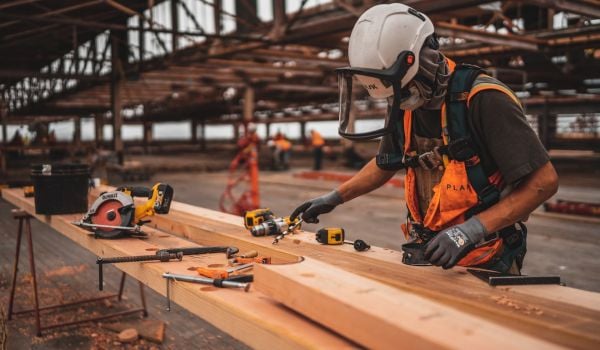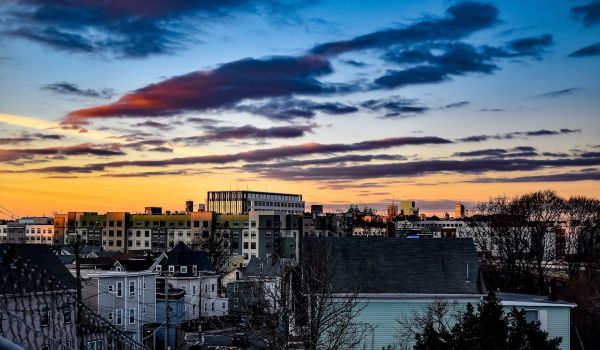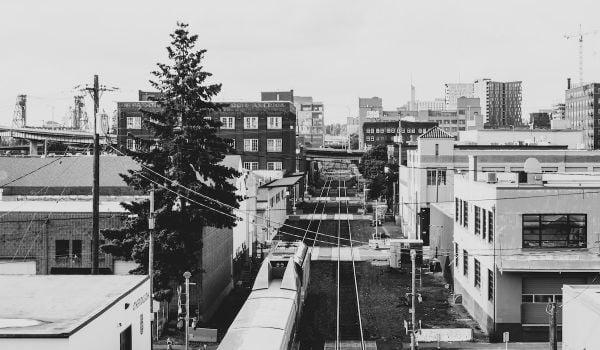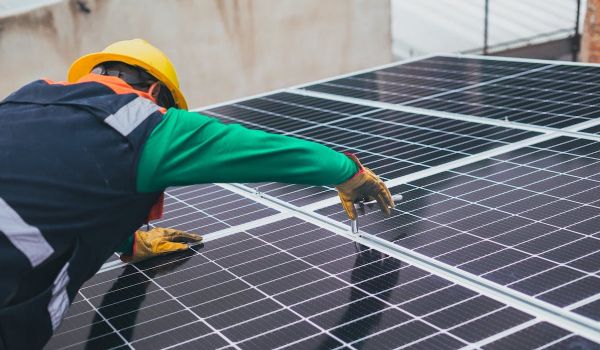With over 60,000 homeowners living in poverty, the housing crisis in Philadelphia is only growing. Philly was already the U.S.’s poorest big city (with a poverty rate of 24.5% as of 2018), and the pandemic has unarguably made things worse.
To make sure more Philly residents are able to afford repairing, upgrading and weatherizing their homes — instead of being displaced — the Philadelphia Energy Authority (PEA) launched the Built to Last project. Created in 2019, the collaborative brings together different programs that provide low-income housing intervention services to vulnerable households in Philly. This streamlines the process by reducing the bureaucratic barriers residents face when trying to get the help they need.
For example, says Alon Abramson, PEA director of residential programs, there was a homeowner who qualified for weatherization assistance, but didn’t have a functioning heating system — a prerequisite of the weatherization program. “Through Built to Last,” Abramson says, “the HVAC system was replaced by Philadelphia Electric Company, and the home was then enrolled in and is scheduled to receive weatherization services.”
The Built to Last program also offers “holistic property assessment,” where the homes are inspected to identify improvement needs and make them possible with the help of suitable funding sources, such as a grant from the Pennsylvania Housing Finance Agency and a donation from a local HVAC distributor, Peirce Phelps.
“In our initial set of [seven] homes, we identified one that had a defunct gas heating system, which we were able to update to an electric heat pump system,” Abramson says. “This home also has gas cooking appliances that will be converted to electric, which will mean that the home can be fully removed from Philadelphia Gas Works (PGW) service and will have the additional cost savings of not paying PGW service fees.”
On similar lines, the program is also working with homeowners to receive rooftop solar for more efficient energy management. “Built to Last seeks to restore the safety, health, affordability, and comfort of existing affordable housing in a way that improves the long-term quality of Philadelphia’s housing,” Abramson adds. “These improvements create jobs and have ripple effects fostering equitable economic development and will be more important for a healthy COVID recovery.”
While the program’s pilot (which will run through mid-2022) is seeing great success, COVID has hindered speedy progress. “When COVID hit, our partners all had to reimagine how to operate their individual programs, and so the focus on aligning programs into a new operating model had to be put on hold,” Abramson says.
But as they move ahead now, the team is using client surveys and working with third-party evaluators to collect and interpret the findings to make improvements in a second pilot scheduled to launch later this year. The second pilot should serve up to 50 homes, and if all goes well, the program will eventually serve hundreds of homes per year.
The infrastructure bill that President Joe Biden signed last November should help programs like Built to Last. According to a Brookings Institution report, the federal funding allotted for such weatherization would help reduce climate risks and costs of living, especially for lower-income households and communities of color who are disproportionately affected by climate change.
The U.S. Department of Energy’s Weatherization Assistance Program (WAP) already provides weatherization services to approximately 35,000 homes every year. And the Biden administration has created awareness about the urgency and importance of energy efficiency, leading to more research and local initiatives (like Built to Last) to offer funding and other resources to reduce energy consumption, lower the costs of living and give U.S. citizens a chance to live a healthier lifestyle without burning a hole in their pocket.
This article is part of Backyard, a newsletter exploring scalable solutions to make housing fairer, more affordable and more environmentally sustainable. Subscribe to our weekly Backyard newsletter.



